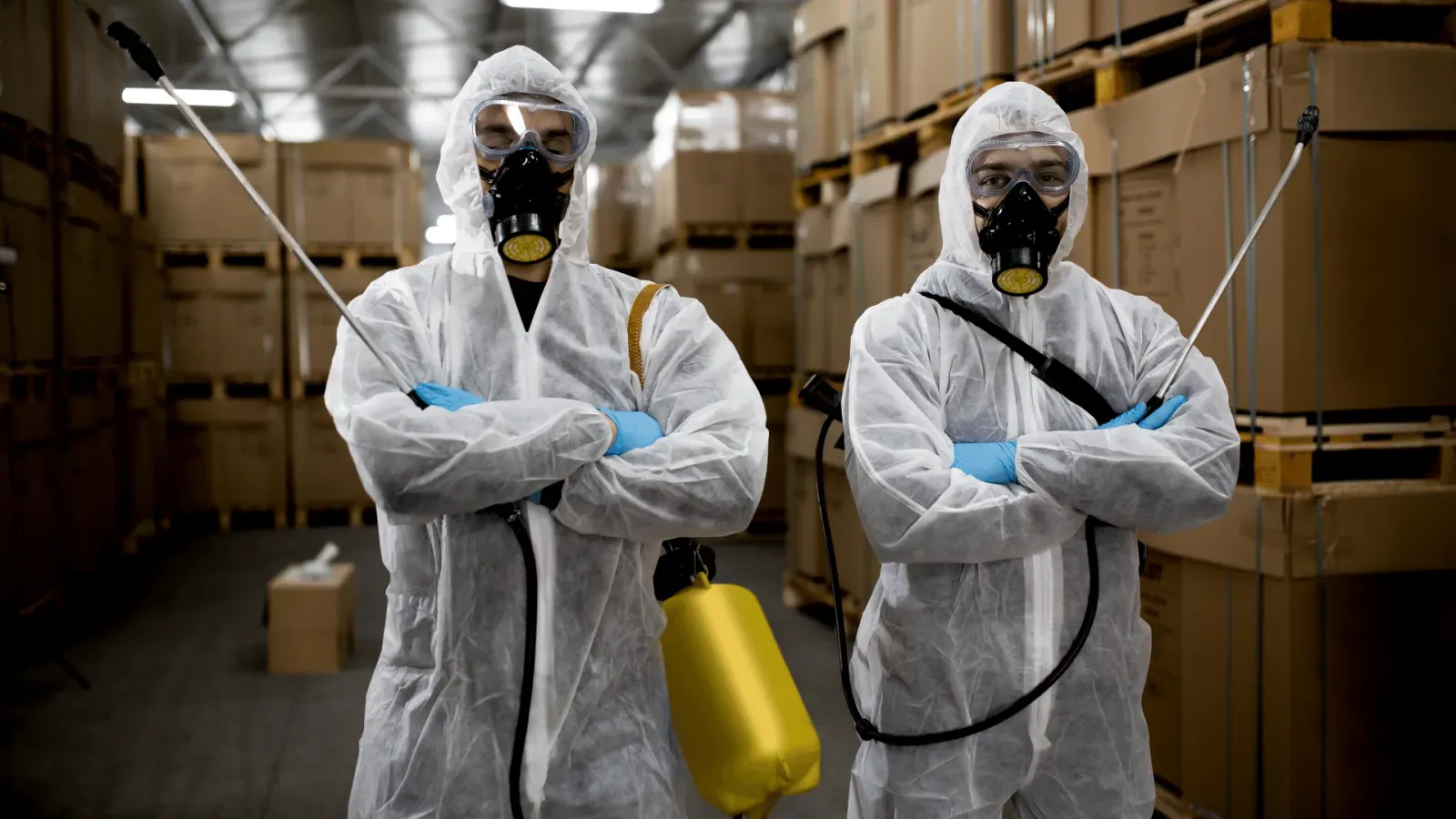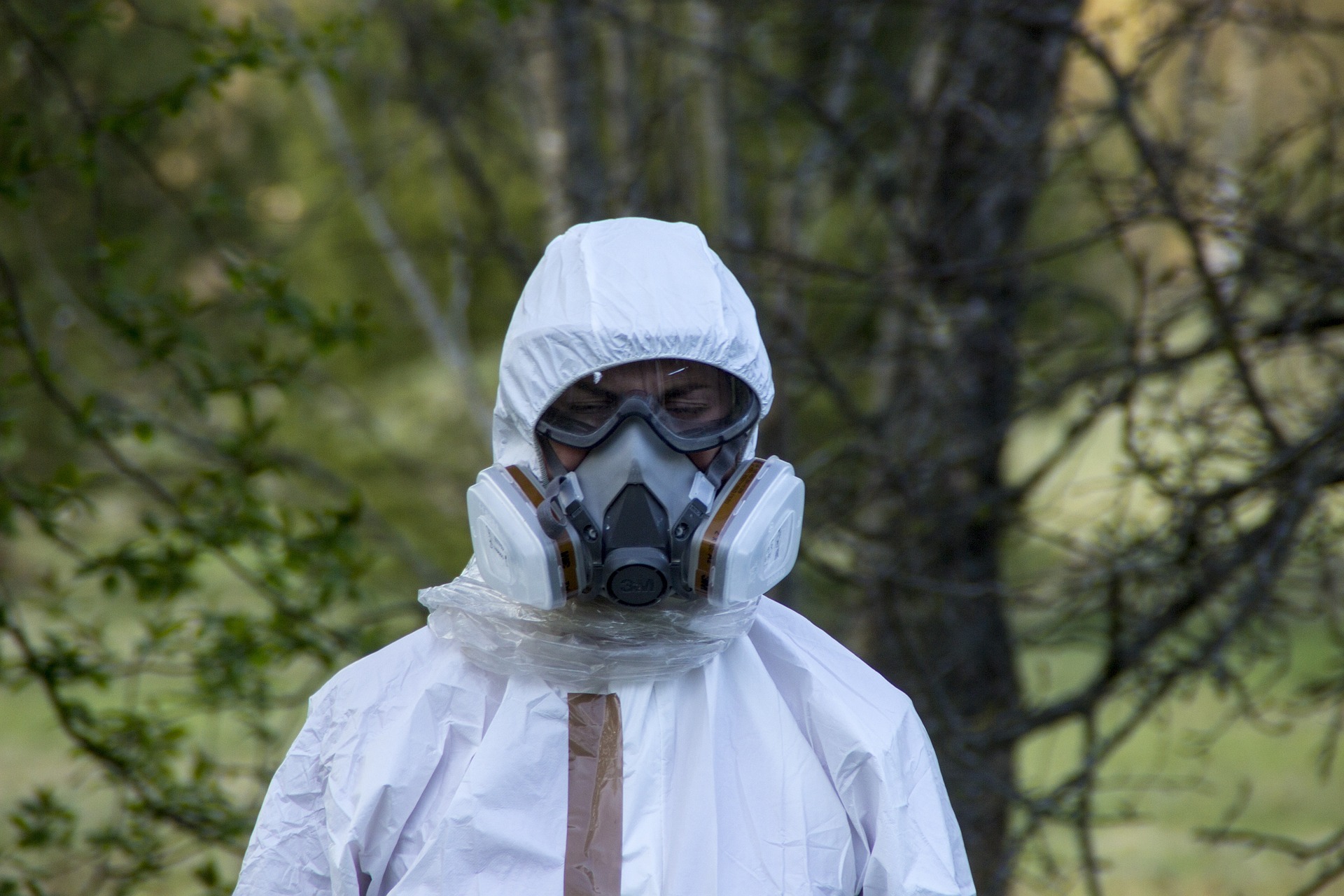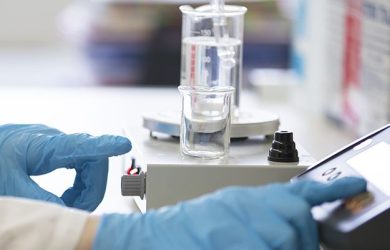Beat the Heat: Protecting Manufacturing Workers from Heat-Related Illnesses


Excessive heat and humidity during the summer months can put workers at risk for dangerous, and sometimes fatal, occupational heat-related illnesses. This is especially true in large, hard-to-cool manufacturing facilities that are oftentimes designed for efficiency over worker comfort.
According to the Occupational Safety and Health Administration (OSHA), thousands of workers suffer each year from preventable heat-related illnesses. In 2012 alone, OSHA documented 31 heat-related deaths and 4,120 heat-related illnesses among workers. OSHA states that it is the employer’s responsibility to make sure that workers are provided protection from workplace hazards, including outdoor heat and overheating in facilities.
How Hot is Too Hot?
According to OSHA standards, air temperatures above 95 degrees Fahrenheit (F) may increase the heat load on workers to unsafe levels. Workers are at serious risk for dangerous heat-related illnesses if temperatures rise above 100.4 degrees F. While the heat in some facilities may not come close to these benchmarks, it is important to note that temperatures about 77 degrees can have notable effects on worker productivity and moral.
High Heat, High Risk to Worker Health
Workers exposed to excessive heat on the job can experience a range of heat-related symptoms, some of which can be fatal. The most common illnesses workers experience include:
Heat Stroke
The most serious of the heat-related illnesses, heat stroke occurs when a worker’s body is no longer able to control its own temperature. Because the worker is no longer able to produce sweat, their body temperature rises rapidly (up to 106 degrees F), which can leave permanent damage or even lead to death if emergency action is not taken to cool the body down.
Symptoms of heat stroke may include: hot/dry skin or profuse sweating, chills, hallucinations, high body temperature, slurred speech, confusion, dizziness and pounding headaches.
Heat Exhaustion
Oftentimes caused by excessive sweating, heat exhaustion occurs when the body has lost too much water and salt. This illness is most likely to occur among workers who are older or who have high blood pressure.
Symptoms of heat exhaustion include: extreme weakness, fatigue, excessive sweating, dizziness and confusion, nausea, clammy skin, muscle cramps, fast or shallow breathing, a pale or flushed complexion and slightly elevated body temperature.
Heat Syncope
Workers experiencing heat syncope suffer an episode of dizziness or fainting after standing for a prolonged period of time, or after rising suddenly from sitting or lying down. Heat syncope is common among workers who are dehydrated and/or have not been properly acclimatized.
Symptoms of heat syncope include: fainting, dizziness and light-headedness.
Heat Cramps
Heat cramps occur when the worker has insufficient levels of salt in their muscles due to excessive sweating. These cramps can be very painful, and may be a warning sign that the worker is also suffering from heat exhaustion. A worker likely has heat cramps if they experience pain or spasms in the muscles of their arms, legs or abdomen, especially after prolonged exposure to heat or strenuous activity.
Heat Rash
Excessive sweating caused by hot, humid weather can lead to skin irritation known as heat rash. Rashes will look like a red cluster of pimples or blisters on the skin. Workers are most likely to find heat rashes on their neck, upper chest, groin, under the breasts, and in elbow creases.
The High Cost of High Temps
High temperatures are not just harmful to worker health. They can also have a hugely negative impact on worker productivity, and as a result, the financial health of a manufacturing firm. But just how much can the temperature of the work environment affect worker productivity?
According to the Center for the Built Environment, temperature and air quality are two of the most important factors in determining worker productivity. Furthermore, according to IMPO (Industrial Maintenance and Plant Operation) magazine, “studies indicate an average 2 percent reduction in work performance per 1.8 degree F temperature rise when the temperature is above 77 degrees F”.
Other Considerations
Acclimatization
A key preventative measure in protecting workers is to make sure they are acclimatized to the heat in their work environment. Workers can be acclimatized by gradually increasing their workload under high-temperature conditions so that their body can build a tolerance to the heat. This is especially important for new and temporary workers who are not used to working in the heat, as well as for workers who have recently taken a break/vacation of a week or more from work.
Personal Protective Equipment
Many manufacturing jobs require that workers wear Personal Protective Equipment (PPE) to protect them from exposure to workplace hazards. However, it is important to note that PPE may increase workers’ susceptibility to heat illnesses, especially if the equipment is heavy or filters air to the respiratory system. You can find more information on factors that can increase worker risk, as well as Recommendations for Workers, on this info sheet.
How can AMI Environmental Help Protect Building Occupants?
At AMI Environmental, our main goal is to assist clients and create a safe building environment, while adhering to laws and regulations. With decades of experience, our Industrial Hygiene Professionals’ purpose is to help our clients not only protect building occupants, but also manage risk. Once we’ve done our job, you can enjoy the peace of mind that everyone will be protected from harm. AMI will work to establish and maintain a safe work environment, including surveying your facility for risks; provide testing within your facility; maintain testing protocol; and assist in the recording process. If you have any questions or concerns, please contact Dan Taylor at dantaylor@amienvironmental.com.
related blogs

Why Indoor Air Quality Investigations is a Necessity in These Times?

Few Important Tips to Help You Select Environmental Consulting Services!




